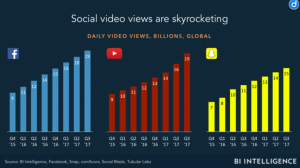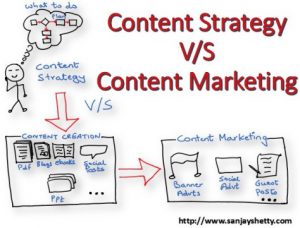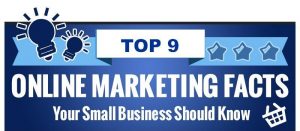I founded Knowtify.io to help app developers easily build beautiful and engaging e-mail digests for their users. The goal of Knowtify is to help app makers keep their users engaged, drive retention and prevent churn – the fundamental building blocks of any good SaaS business.
Our main product is a SaaS app with a free trial period and self-serve monthly pricing tiers. One of the main points we talked about very early on with the founding team and investors was the plan for building out our company. One of the more “controversial” decisions we made was to build out our Customer Success team before we build out a Sales team.
This may sound a bit odd or downright crazy for those who are accustomed to an older model for company building, but for those who really understand the nature and structure of the SaaS model, it’s not crazy at all. In fact, it’s really common sense.
The introduction of the SaaS business model ushered in, what I call a “Post-Sales World” which is, in many ways is defined by a new customer journey and a new value capture model. In this model, ‘post-sales’ activities are just as, if not more important, than ‘pre-sales’ activities. Which is very different than the way it was in the old world. There weren’t any “pre-sales” activities until a sale was made.
At the same time, the vast majority of the value captured by a software vendor in the old world was captured at the time of the sale – making the importance of post-sale activities very low. This is very different because in the old software world, there was no “post-sale” activity without an official sale. But today, with social media, a freemium model and world-class demand-generation tools, it’s easier than ever to get people to try your product without Sales involved. Even heavy B2B software doesn’t need heavy Sale processes these days.
Even so, you still see companies approaching organization building with the structure and mindset as the old, on-premise software world. Someone recently asked me why I thought that was – and I really don’t know. I guess it’s just inertia. Old habits die hard. I remember a board discussion a little while ago with a company that was having a churn problem. The main board member (an old software veteran) was convinced that the solution was, “Add more salespeople!”
The problem with that is that Sales isn’t suited to handle churn. For Knowtify and many other SaaS businesses, it’s more important to develop and optimize a model that gets your customers to success quickly. This must also be done in a repeatable, scalable way. That’s not the domain of Sales, but it’s where Customer Success shines. That’s why I think it’s important to build out a Customer Success infrastructure before building out sales.
Not only is this approach the best approach for many businesses, but it also has the nice side effect of creating a customer-centric culture. The decision of what roles to hire first sends a strong message to the team about what’s important. If you hire a large engineering team early, you are planting the seeds of an engineering-based culture. If you hire a large Sales team early, you are planting the seeds for a sales-based culture. By hiring Customer Success early, you are … well, you get it.
It’s a really nice effect. And it also means that the voice of the customer is deeply integrated into the company. That deep relationship with the user provides a ton of feedback and insights that can and should impact every aspect of your business. This is not meant to downplay or dump on a Sales. Not at all.
I love Sales. I love salespeople. Hell, I am a salesperson (not a great one, but one none-the-less). We will have a Sales team here at Knowtify. Just at the right time, doing the right things. Early on, our main focus will not be selling a product – our main focus will be “selling” success to our early users. And this is why a strong Customer Success team will be absolutely key for us.
Hiring Sales first will definitely get you to revenue faster but it also has the potential for creating a shaky foundation. Think about it: You can keep cramming in new users at the top of the funnel but if they’re not achieving their business goals with your product, they’re not going to stick around for long. Adding Sales before you have the right process for getting customers to success is a potential recipe for churn.
And churn can be deadly – not only for the financial health of the business, but for moral as well. It sucks having people dropping off and cancelling their accounts. People get frustrated. Finger-pointing starts. Early public feedback from frustrated users may kill momentum.
So, only when we figure out how to get people who are signed up as successful as possible does it make sense to add new users to the funnel at the pace that Sales would provide. As I mentioned before, this approach may not fit every type of product or SaaS company, but we’re convinced that it’s the best way forward for us.
It wasn’t even that difficult to sell this to our board, as they believe in our vision. This is definitely a direction in which many SaaS companies are moving and I definitely expect to see many more following suit in the near future.
This post first appeared on the Bluenose Blog, and it is reprinted here with permission.
(photo credit: Flickr user D I)
Business Articles | Business 2 Community
(300)
Report Post





